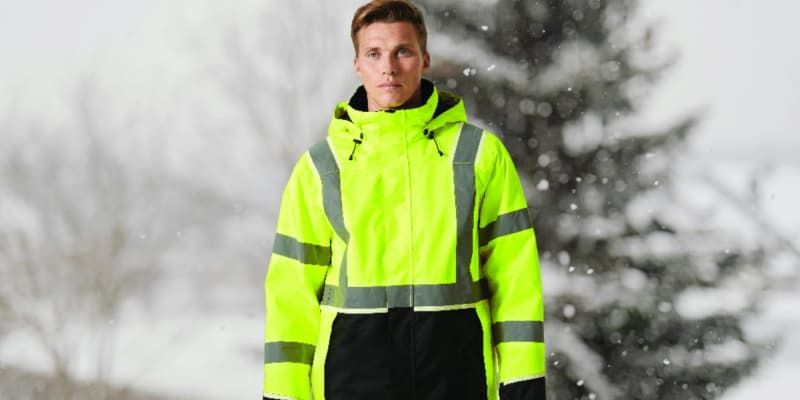
By Sarah Warriner 10/01/2017
Under: Health and Safety NewsTrend Watch: Health and Safety 2017
At home and aboard, events of 2016 shook the political and economic landscape. We look to a year which promises big changes and plenty of uncertainty. The ramifications of Brexit, changes to the global economy, shifts to employment trends and technological developments all have the potential to significantly alter the work of the health and safety professional.
Let's look at the trends to watch in 2017...
Legislation Review
With parliament set to invoke Article 50 in March, the UK will start its two-year process of leaving the EU. As most of our Health and Safety Law is derived from the EU, this opens up the possibility of reviewing regulations and, potentially, changes to the law. It's a discussion which all levels of the industry must be involved in.
Focus on Health
2016 shifted greater attention to the 'health' in health and safety - emphasising the need to expose hidden risks and long-latency health issues in the workplace. In particular, campaigns focussed on workplace stress, now highlighted as one of the HSE's focus areas in 2017. Work-related stress accounts for 37% of all work-related ill-health cases, and 45% of all working days lost due to ill health.
The HSE health strategy outlines two further key areas: musculoskeletal disorders and lung disease. Musculoskeletal disorders are the most commonly reported cause of occupational ill health in Great Britain while lung diseases lead to an estimated 12,000 deaths each year.
Mainstreaming Technology
The pace of technological change continued to increase in 2016. Developments such as Artificial Intelligent (AI) and Virtual Reality(VR) are no longer confined to the realms of sci-fi movies. We expect to see these techonologies make their way into the mainstream of health and safety this year. Look out for more AI in monitoring systems, wearable technology and VR training methods.
Changing Employment Patterns
2016 saw the number of people with flexible or less traditional forms of employments, such as zero-hour contracts, sky-rocket. With an uncertain ecomonic environment, we expect this trend to grow in 2017. More complex and fragmented working arrangements create significant challenges for the health and safety industry in ensuring the well-being and rights of all workers.
Increased Accountability
The shakeup of fines and accountability saw guidelines change to consider a company's turnover when imposing a fine for malpractice. This resulted in more fines exceeding £1m last year than in the previous 15 years combined. With public demand for accountability still high, this trend is set to continue in 2017.
What are your predictions for 2017? Join the discussion on our social media pages.

.jpg)
